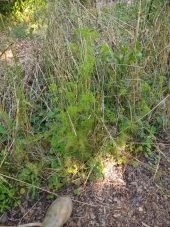This is an oak tree. He hasn't produced acorns yet. He's about 15 years old and near 20 feet tall.

Here are leaf pictures, top and bottom.


This is momma tree 50 feet tall? About 3 feet in diameter.

Momma's trunk bark.

Momma's branch bark.

Why do I give a damn about his name?
I am planting a copse. I want wood that will be good for firewood and timber framing. Think sheds, animal shelters. I've been reading.... Red oaks are weaker than white oaks. Who knew? I wanna tip the scales toward success. I have maybe 50 seedlings popping up.










